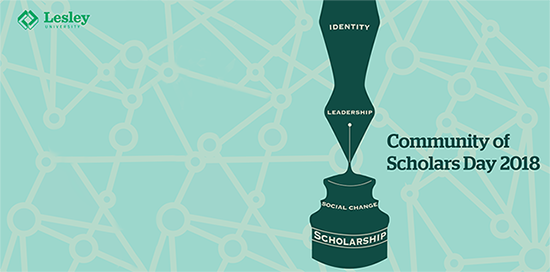Proposal Title
Arts Based Brain Research
Abstract
Art is believed to be “the expression or application of the human creative skill and imagination, producing works to be appreciated primarily for their aesthetic value or emotional power” (Buk, 2009, p. 61). While there are a myriad of ways to define and categorize art, such a definition as the one above is useful as it touches upon three key areas of arts based brain research; artistic cognition, artistic production and aesthetic experience. The study of arts based brain science, or the neuroscience of art, demands an understanding of the interplay between these three facets of the artistic experience. Most current research, however, looks at various aspects of art in isolation from the others. Studies examine how the brain engages in thinking and planning works of art or how the brain perceives beauty. While these studies are ground breaking and illuminating, they are simply parts to a larger whole. In order to understand one aspect of art making, it is critical that neurosciences working in art understand the whole of the artistic experience.
Start Date
28-3-2018 10:10 AM
End Date
28-3-2018 11:00 AM
Presentation Type
Paper
Disciplines
Art Education | Cognitive Neuroscience | Education | Fine Arts | Other Neuroscience and Neurobiology
Full Text of Presentation
wf_yes
Included in
Art Education Commons, Cognitive Neuroscience Commons, Fine Arts Commons, Other Neuroscience and Neurobiology Commons
Arts Based Brain Research
U-Hall 3-092
Art is believed to be “the expression or application of the human creative skill and imagination, producing works to be appreciated primarily for their aesthetic value or emotional power” (Buk, 2009, p. 61). While there are a myriad of ways to define and categorize art, such a definition as the one above is useful as it touches upon three key areas of arts based brain research; artistic cognition, artistic production and aesthetic experience. The study of arts based brain science, or the neuroscience of art, demands an understanding of the interplay between these three facets of the artistic experience. Most current research, however, looks at various aspects of art in isolation from the others. Studies examine how the brain engages in thinking and planning works of art or how the brain perceives beauty. While these studies are ground breaking and illuminating, they are simply parts to a larger whole. In order to understand one aspect of art making, it is critical that neurosciences working in art understand the whole of the artistic experience.




